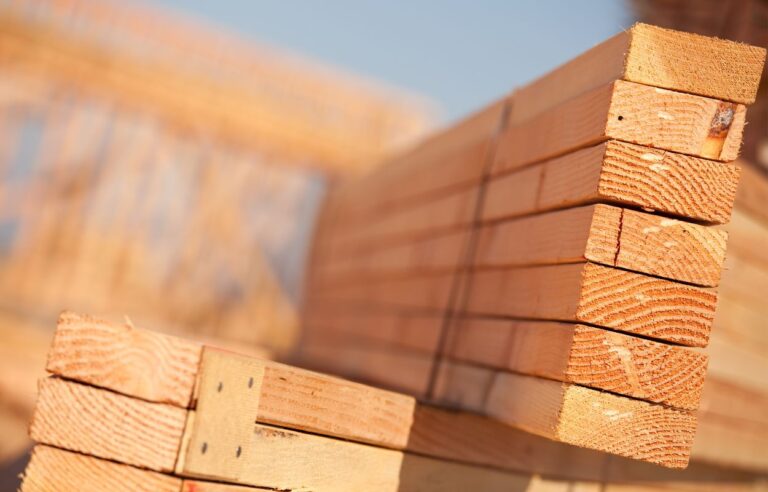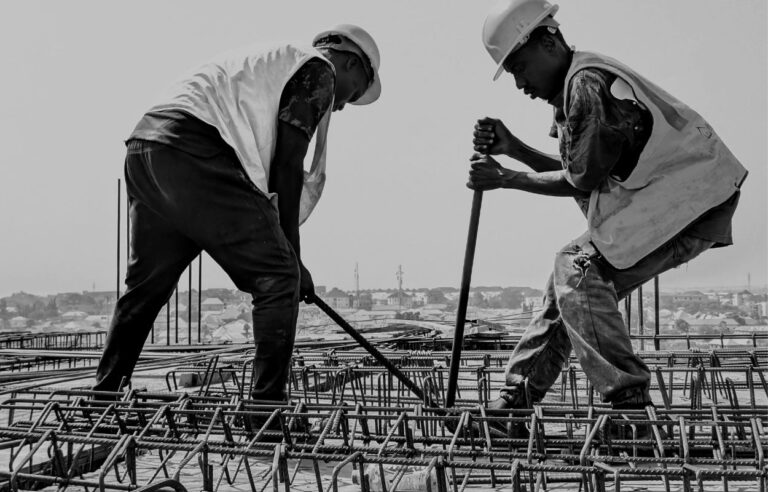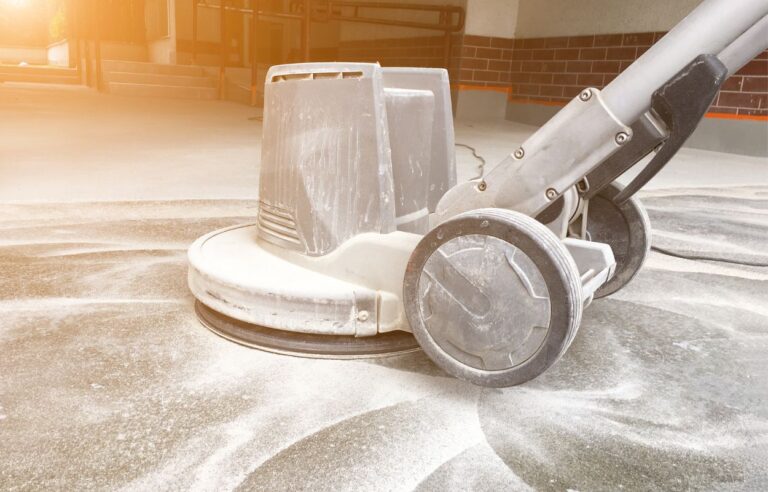If you’ve ever walked by a demolition site, you’ve probably noticed the piles of wood tossed aside. Perfectly good planks, beams, and boards end up in dumpsters, destined for the landfill. That’s a shame because wood is one of the easiest and most valuable materials to salvage during deconstruction.
With the right approach, salvaged wood can save money, reduce waste, and give new projects a unique character. Let’s dive into why salvaging wood matters and how you can make the most of it.
WHY SALVAGING WOOD MATTERS
Wood is one of the most reusable building materials out there. Unlike drywall or insulation, wood can often be reused with minimal effort. Think about old-growth lumber from houses built decades ago. That wood is dense, durable, and not something you can find at the hardware store today. Throwing it away wastes an incredible resource.
Beyond the financial value, salvaging wood reduces environmental impact. Every time wood is reused, fewer trees need to be cut down. It also keeps bulky waste out of landfills, which makes a big difference in communities trying to cut down on garbage.
There’s also the creative angle. Salvaged wood tells a story. Each piece carries marks of time, from nail holes to saw marks. Builders, designers, and DIYers love the character that comes with it.
START WITH A DECONSTRUCTION MINDSET
Salvaging wood starts with how you approach the project. If you treat it like demolition, you’ll smash and break materials in the process. But if you take the deconstruction route, you’ll carefully dismantle instead of destroy.
Deconstruction takes more time, but the payoff is worth it. You end up with piles of reusable wood rather than heaps of broken debris. Many homeowners now hire professionals who offer deconstruction services in Port Alberni because they know the long-term benefits.
Deconstruction experts understand how to take apart a structure without ruining the wood. They know which parts are worth saving and how to handle them safely. That expertise can save you money while giving new life to materials that would otherwise be wasted.
BEST WOOD TO SALVAGE
Not all wood is equal when it comes to salvaging. Some types are more valuable, stronger, or easier to reuse than others.
Framing lumber is one of the most common materials to salvage. These are the studs, joists, and beams that form the bones of a house. Once cleaned and de-nailed, they can be reused in new framing projects or cut into smaller boards for furniture.
Flooring is another great option. Hardwood floors, especially older ones, are usually made from strong, beautiful wood. With a bit of sanding and refinishing, salvaged flooring can look even better than brand-new boards.
Trim and molding also deserve attention. These details often come from high-quality wood and add charm to any space. Salvaging them keeps historic details alive, especially in older homes.
Even plywood and sheathing can sometimes be reused. While it may not be as pretty, it works well for subfloors, sheds, or smaller construction jobs.
CLEANING AND PREPPING SALVAGED WOOD
Once wood is pulled from a project, it needs some love before reuse. The first step is removing nails, screws, and staples. A good pry bar and a little patience go a long way here.
Next, check for rot or insect damage. Some boards might not be worth saving, but many can be repaired or cut down to smaller sizes.
Sanding is often necessary, especially for visible projects like furniture or flooring. Old finishes or paint can hide the beauty underneath. Once sanded, the wood can shine again.
It’s also important to store salvaged wood properly. Keep it dry and stacked neatly. If left outside without protection, wood can warp, rot, or attract pests. A covered shed or garage makes the perfect storage spot.
CREATIVE WAYS TO USE SALVAGED WOOD
The fun part comes after the wood is cleaned up and ready for use. Salvaged wood has endless possibilities.
Many people turn salvaged beams into rustic dining tables or benches. Old floorboards can transform into unique shelves or wall paneling. Even smaller scraps can become cutting boards, picture frames, or art pieces.
Contractors often reuse salvaged framing lumber in garages, workshops, or sheds. These projects don’t require perfect boards, so salvaged wood fits right in.
Designers also love using reclaimed wood in modern homes. A salvaged wood accent wall adds warmth and texture. Reclaimed beams can bring rustic charm to an otherwise sleek space.
The best part is that salvaged wood projects often cost less than buying new materials. You save money while creating something beautiful and sustainable.
THE ROLE OF LOCAL DECONSTRUCTION SERVICES
If salvaging wood sounds like a lot of work, you’re not wrong. It takes time, effort, and know-how to do it right. That’s where professionals come in. Many people now choose companies that provide deconstruction services in Port Alberni because they want to save materials without the headache.
Local experts understand which types of wood are worth the effort. They bring the right tools and knowledge to make salvaging efficient and safe. Plus, they often partner with local reuse centers, making it easier to donate or resell the wood you don’t need.
Working with professionals also keeps the project on schedule. While DIY salvaging can drag on, experienced crews know how to move quickly without wasting materials.
WHY IT’S WORTH THE EFFORT
Some people wonder if salvaging wood is worth the time. The answer is a big yes. You save money, protect the environment, and gain access to materials you can’t always buy new. On top of that, you end up with wood full of character and history.
Salvaging wood during deconstruction also encourages a shift in how we think about building and tearing down. Instead of seeing old structures as waste, we can view them as valuable sources of material. That mindset change is what drives a more sustainable future in construction.
FINAL THOUGHTS
Wood is too valuable to waste. Whether you’re a homeowner tackling a small renovation or a contractor managing a bigger project, salvaging wood just makes sense. From framing lumber to flooring to trim, so much of it can be reused in creative, practical ways.
With a little effort—or the help of professional deconstruction services—you can keep beautiful materials out of the landfill and give them a second life. Next time you see a project starting, think twice before calling it demolition. With the right approach, it’s really an opportunity to save something special.
